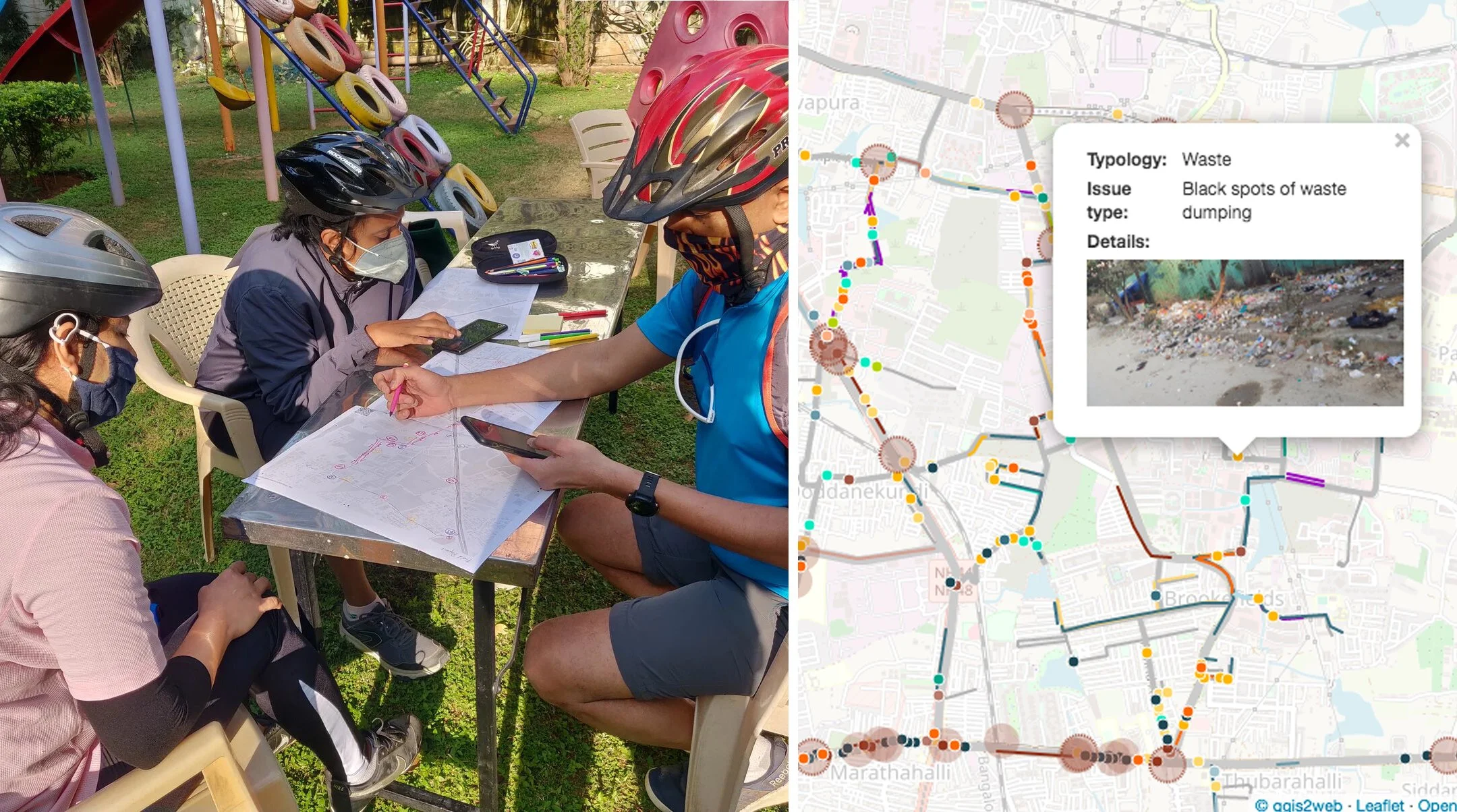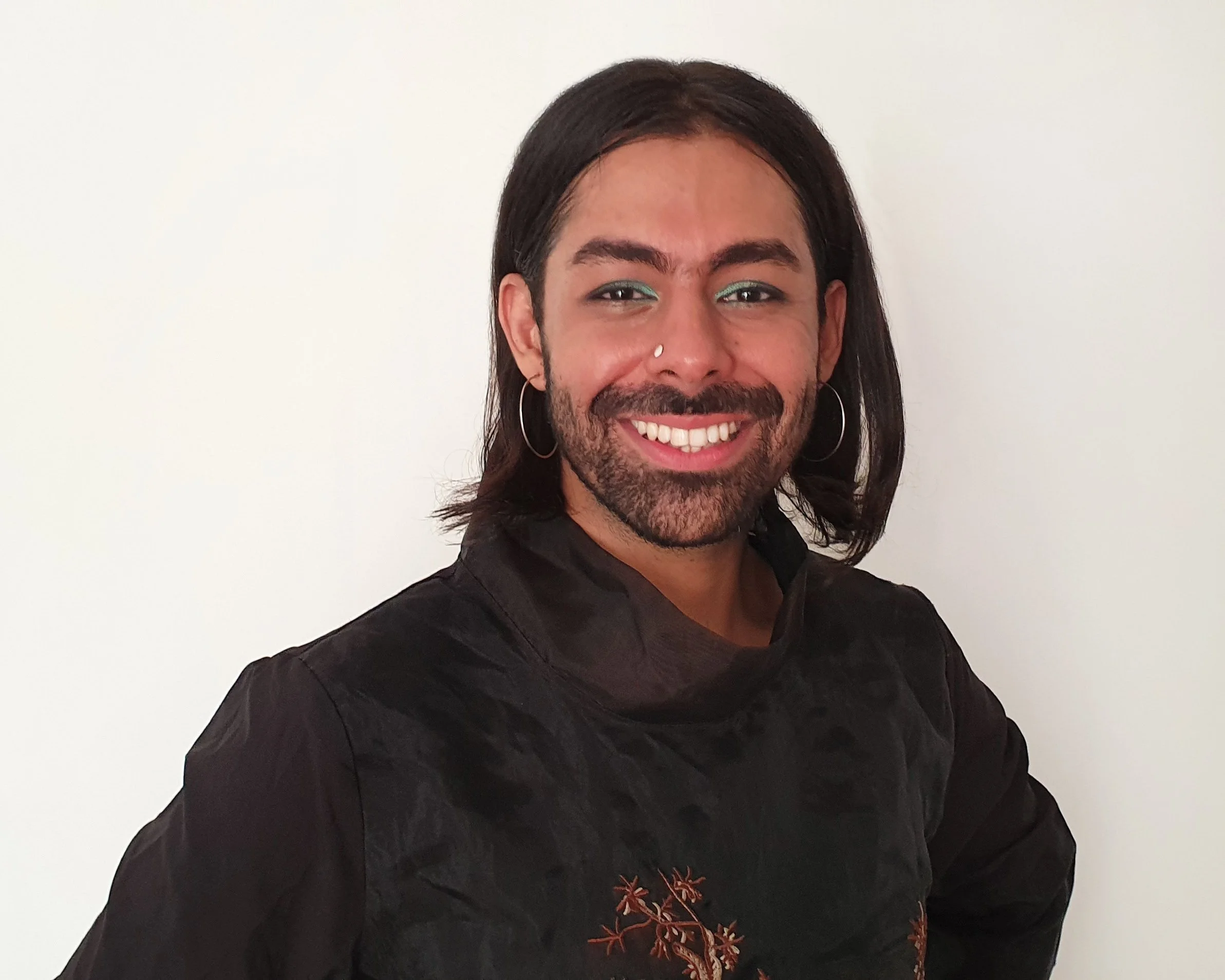Alumni Update: Preetam Koilpillai
Preetam Koilpillai is a 1991 scholar who pursued a short course in piano and composition studies at the Purcell School of Music. He is currently the co-founder and a partner at Copac Media, a creative consultancy offering content strategy and content creation services, as film, blogs, podcast and books.
In this blog Preetam shares with us his journey in the arts across music, theatre and now film and photography. He ponders upon how his cross-media experience helped him understand how all things are connected, how we all are connected. And that life, like art, can never be unidimensional.
Follow the rabbit
This blog post is peppered with references to The Matrix. Don’t worry if you don’t know what The Matrix is, but I would invite you to experience it.
There is a seemingly innocuous theatre exercise that, to my mind, really tests our sense of perception, and our ability to think multidimensionally. I call it ‘the chair’. You place a chair in front of a group of people and ask each of them to use it in any way they want. It starts with the obvious - people sit on it, lean against it, stand on it, hide under it. The chair remains a chair. But after about 20 or so such iterations, our conditioned brains start running out of ideas. It takes a pause and a little hesitation before someone picks up the chair and turns it into an umbrella, albeit a heavy one. And then the dam breaks. The chair becomes a wheel barrow, a weapon, a piece of clothing, a friend. It takes a little bit of effort and a little time, but the brain can transcend years of conditioning quite easily. If you allow it. If you are willing.
When I was 18 and at the Purcell School in London, courtesy the generosity of the INLAKS Foundation, my composition teacher at the time played me a piece of music by a 20th century composer. Not used to atonal music, all my ears heard was dissonance. I asked my teacher if this was really music. He said something that has stayed with me through the years. He said I was only hearing dissonance because I had had 400 years of diatonic conditioning (referring to roughly the length of time Western Classical music has existed in its organised, notated form) drilled into me. It took me several years to really understand what he meant, understand it in a way that was real and meaningful to me. Today I know that if you throw out a preconception of what music is supposed to be like, then anything you hear can be music. Not just atonality. Close your eyes and listen to the traffic. Really listen. You’ll hear notes, ascending and descending pitches, rhythm. Listen to conversation, people on the street, the sound of construction, of cooking - chopping, frying, boiling, of things - metal, glass, wood, concrete, of fabric, plastic sheets, sellotape, you will hear music. While writing this, a car passed by. Every car has a note, a pitch, a sound that starts somewhere and finishes somewhere else on a scale of pitches. This is music. It doesn’t have to be played on a musical instrument to make it so. But, as with everything else, one also has a choice. The blue pill or the red pill. A car might be music to me but not to you. Perhaps the flapping of wings by a flock of birds is your idea of percussion, but not mine. It is a choice based on instinctual preference. My teacher introduced me to alpha, beta, gamma chords. These are collections of sounds that one puts together based on instinct, what one thinks ‘sounds good’. Not based on any particular music ‘system' in existence. Everyone's alpha, beta and gamma chords are different.
If one goes beyond the single medium or dimension, and I use the word dimension deliberately because I believe we all live and experience different dimensions or sides of the same existence, it’s not a big step to exploring a medium using another. While rehearsing a play, I found myself closing my eyes to listen to what the actors were saying. The sound of what they were saying revealed to me so much more of the truth of their performance than when I had my eyes open. I stopped watching the plays I directed, partly because I was too nervous to watch and partly because I ‘saw' so much more when I was just listening. In a conversation with a friend, I suggested one should read aloud the text of
Waiting for Godot to get an insight into the purpose of the words. The sound of the text was like music to me and if one were to direct that music, Godot would reveal itself. But to someone else, those words might have been shapes to play with, unleashing a vocabulary of movement and sound going beyond the written word.
I believe different 'mediums' of expression are only different tools of expression. We choose a tool that suits us best, due to either an education we have received or based on our own instincts. But the tragedy is, more often than not, that once we have chosen a tool we seem generally blinkered to anything else, unless we take a conscious decision to be multidimensional. We tend to categorise, label and relegate. When we look at a beautiful building, we see an architectural marvel. We usually do not consider that this building could perhaps be music embodied as concrete. Or a frozen moment stolen from an energetic dance. Perhaps it is not meant to be still. Perhaps it’s alive. And the moment the building becomes so much more than what we ‘see’, it goes beyond any limit of imagination. Our perception changes, our experience of it changes, and with it, our life changes. The single dimension that we are accustomed to experiencing, becomes a portal to a multidimensional universe. The matrix is real.
I’ve come to think that our choice of experience also determines our lives in a broader context, including the people around us and the places we live in. If one extends the thought that in art we experience only one dimension, perhaps two, then this could easily be the way we perceive people and make life decisions. The relationship that we have with someone is based on the dimension of our experience with and of them. They are what we think they are, and we act accordingly. What if they are actually different? As we know, that’s often not too much of a stretch, even in our own one-dimensional experience of life. To another person, they are someone else, not what they are to us. They are already different. So no one is absolute and no experience is absolute, which means that our world, and all those who inhabit it, is what we perceive it to be. By this logic, if our perception changes then our world can change, completely, if we choose. The next time you look at a loved one, imagine you are someone different, or they are not what you think they were. How would that change your life? Would the premise on which you have built your relationship with them disappear? Would your world become better or worse? It would definitely change. It would certainly not be one-dimensional anymore, because there will be at least two of you and two of them. More, if you choose. This enriching of perception is already happening in the arts. Multidisciplinary work that appeals to a broad range of senses is becoming the norm. It’s not enough to just be a musician, or a theatre artist, or a painter, or a magician, or a filmmaker. One must be everything and not be able to call it by a name. It’s not enough in life, either. I would suggest it’s time to penetrate the matrix to see what lies beyond. And if you have any difficulty in doing that, imagine you are a chair. You are a chair, you see yourself as a chair, people see you as a chair. But what else could you be? Do the exercise, push yourself beyond the first 20 versions you can see of yourself, and then things will get interesting. Follow the rabbit. You never know, you might be Neo.






